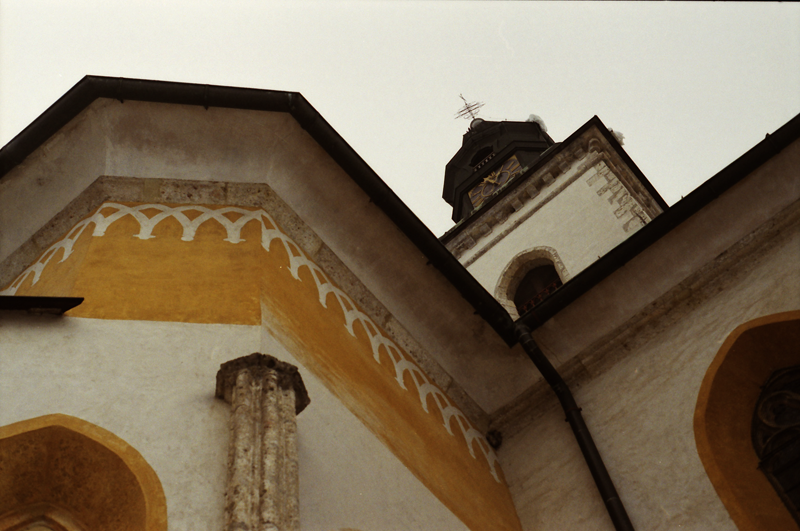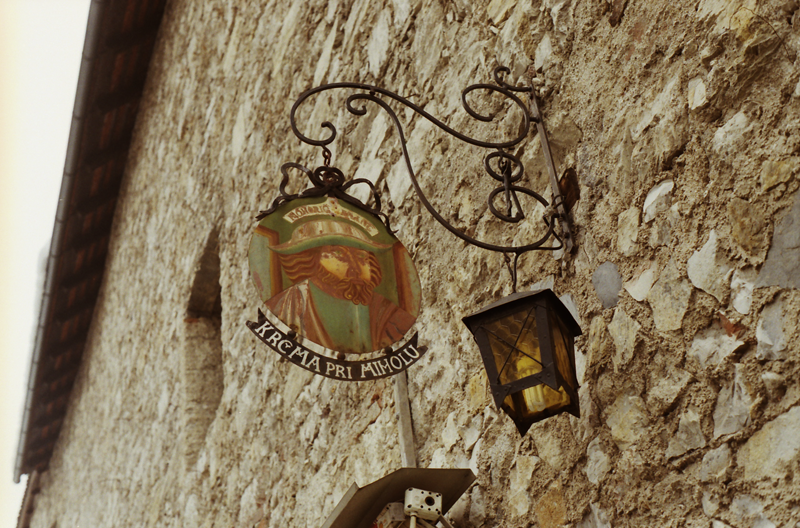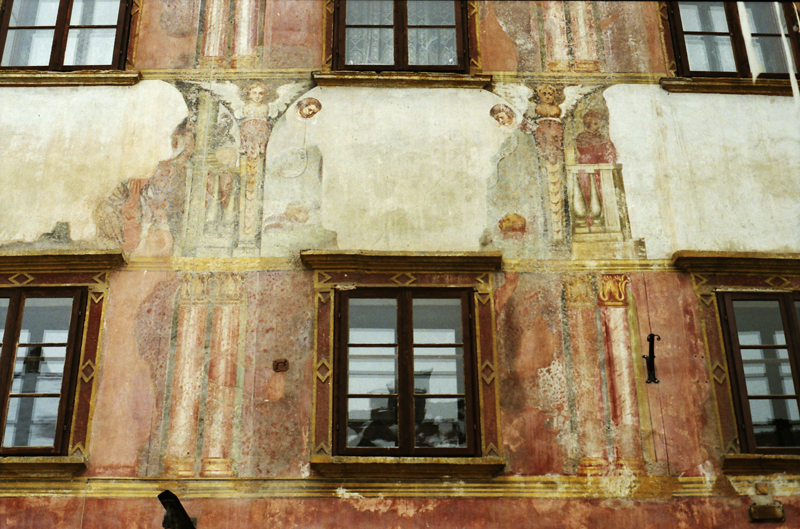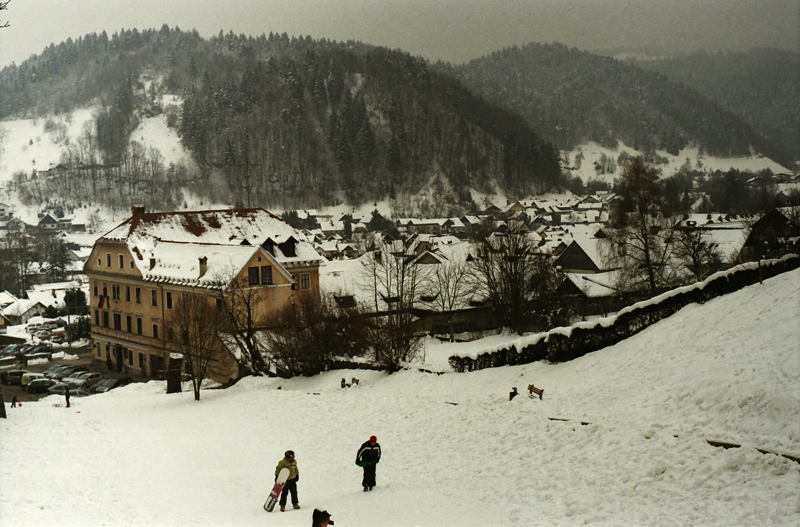hello.
first of all, thanks for the support, after the previous entry. the first week has passed, despite all my internal whinning and, as usual, after a while, the changes grown on us and one learns how to deal with them. isn’t it? and besides, not all is bad.
for a bit of culture, about the physical place i work on:
The headquarters of G. in Groningen has been designed with “organic” architecture in mind. Alberts & Van Huut created a building, which they see as a “third skin”; their philosophy being that in addition to skin and clothing, buildings provide man with a further layer of protection against the elements from outside.
The organic theme can be found back in the entire building, thus giving it a human touch and therefore its soul. Even the furniture has been designed with this in mind. The building offers maximum flexibility and optimum communications. People can find each other easily, with central meeting places. The building has a heart, but at the same time takes full account of flexibility and security.
There are the high-rise office wings with their short hallways leading off the elevator shafts and stairs and the low-rise structures containing the required meeting places and all central services. The central foyer with its lofty, glazed stairwell gives the building the desired focal point.
(from here, and you can check this forum thread for more pictures, or ibn battuta’s (one of rug’s student groups) pictures from an excursion there.)
i have to be honest, i don’t like it all that much from the outside. it stands out of the normal dutch neighbourhoods too much – it’s too high, to different.
but one has to give it some credit – it is amazing.
above all, there’s a certain coherence in it. every item has at least 5 edges on it, from the outside walls to the gardens, the mirrors, the desks, the doorways, the little pole with the elevator buttons, the stairs, the cupboards doors, even the control room deep in the basement has a strange spaceship-shape… and that stairwell is quite something. it ligthens up the whole building, with it’s color blue-green color gradient.
also, because the company can afford it, all the 17 floors are filled with sculptures, paintings and other art installations (one i particularly like, has the structure of a bed and lots of broken eggshells around it).
it’s like working inside a museum, in a way. :D
ps – from my desk, on a 7th floor office, there’s an amazing view over stadspark, with all the snow of the last week :P
ps2 – about the organic architecture style, from the wikipedia:
Theorist David Pearson proposed a list of rules towards the design of an organic architecture. It is known as the Gaia Charter for organic architecture and design. It reads:
“Let the design:
– be inspired by nature and be sustainable, healthy, conserving, and diverse.
– unfold, like an organism, from the seed within.
– exist in the “continuous present” and “begin again and again”.
– follow the flows and be flexible and adaptable.
– satisfy social, physical, and spiritual needs.
– “grow out of the site” and be unique.
– celebrate the spirit of youth, play and surprise.
– express the rhythm of music and the power of dance.”








